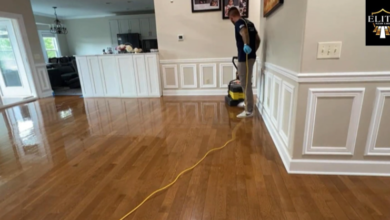
How to Foster Creativity in the Classroom: Tips for Educators
Fostering creativity in the classroom is an essential objective for educators seeking to cultivate a dynamic learning environment. By implementing strategies such as encouraging open-ended questions, creating collaborative spaces, and integrating the arts across various subjects, teachers can significantly enhance student engagement and critical thinking. Moreover, allowing for risk-taking not only supports experimentation but also instills resilience in the face of failure. As we examine these approaches, it becomes evident that the true challenge lies in balancing structure with freedom, prompting us to consider how best to navigate this intricate landscape.
Encourage Open-Ended Questions
To foster creativity in the classroom, educators should actively encourage open-ended questions that invite students to explore multiple perspectives and develop their critical thinking skills.
Utilizing question prompts during student-led discussions empowers learners to express their thoughts freely, enhancing engagement and collaboration.
This approach not only nurtures innovation but also cultivates an environment where diverse ideas can flourish, ultimately enriching the educational experience.
Create Collaborative Learning Spaces
Creating collaborative learning spaces is essential for fostering teamwork and enhancing creativity among students, as these environments encourage interaction, idea sharing, and collective problem-solving.
Implementing flexible seating arrangements allows students to form dynamic groups for projects, promoting engagement and innovation.
Integrate Arts Across Curriculum
Integrating arts across the curriculum not only enriches students’ learning experiences but also cultivates critical thinking and creativity by allowing them to express concepts through various artistic mediums.
Implementing arts integration in cross-disciplinary projects fosters a dynamic environment where students can explore subjects in innovative ways, enhancing their understanding.
This approach encourages collaboration, engagement, and a deeper connection to the material, ultimately inspiring lifelong learners.
Allow for Risk-Taking
Encouraging risk-taking in the classroom empowers students to step outside their comfort zones, fostering an environment where experimentation and exploration are not only accepted but celebrated.
By promoting creative freedom, educators can create a supportive environment that encourages students to embrace their ideas, learn from failures, and innovate.
This approach nurtures curiosity, ultimately leading to deeper understanding and enriched learning experiences.
Also read: How Technology Is Revolutionizing Traditional Education
Conclusion
In conclusion, fostering creativity in the classroom requires intentional strategies that inspire exploration and collaboration.
By encouraging open-ended questions, creating collaborative learning environments, integrating the arts, and allowing for risk-taking, educators can cultivate a vibrant atmosphere where students flourish like wildflowers in a sunlit meadow.
Such an environment not only enhances critical thinking but also prepares students to tackle challenges with innovative solutions, ultimately shaping a generation of confident and creative thinkers.




